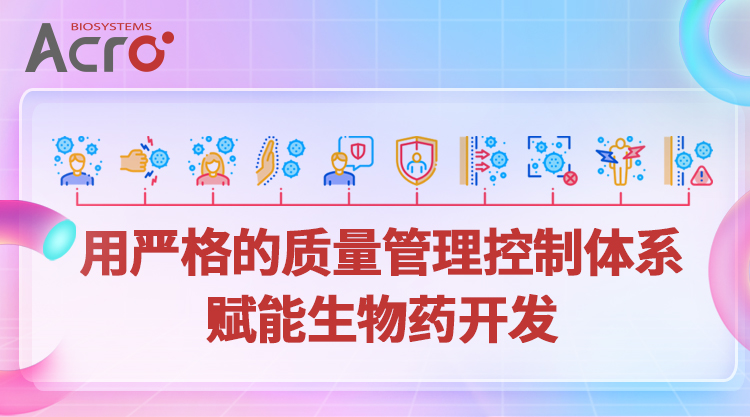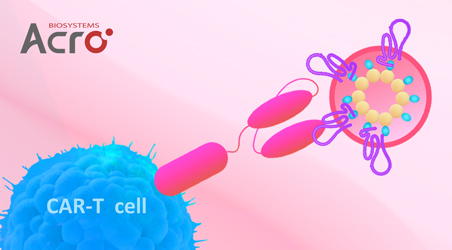Plasma Biomarkers and Disease Prognosis in Mild Cognitive Impairment with Lewy BodiesDonaghy, Hasoon, Hamilton
et alMov Disord (2025)
Abstract: Little is known about the prognostic value of plasma biomarkers in mild cognitive impairment with Lewy bodies (MCI-LB).To investigate the association of four plasma biomarkers with disease progression in MCI.Plasma amyloid-beta (Aβ)42/40, glial fibrillary acidic protein (GFAP), neurofilament light (NfL), and phosphorylated tau 181 (pTau181) were measured at baseline in a longitudinal MCI cohort (n = 131).Baseline plasma NfL was associated with increased risk of dementia/death in the entire cohort. In MCI-LB, baseline plasma NfL, GFAP, and pTau181 were associated with increased risk of dementia/death and increased cognitive decline measured by the Addenbrooke's Cognitive Examination-Revised.pTau181, GFAP, and NfL are associated with more rapid disease progression in MCI-LB and, with further validation, could be useful to support prognosis and stratification for clinical practice and treatment trials. Further work, including clinicopathological studies, is needed to understand the biological correlates of these markers in MCI-LB. © 2025 The Author(s). Movement Disorders published by Wiley Periodicals LLC on behalf of International Parkinson and Movement Disorder Society.© 2025 The Author(s). Movement Disorders published by Wiley Periodicals LLC on behalf of International Parkinson and Movement Disorder Society.
Diagnostic accuracy of plasma p-tau217/Aβ42 for Alzheimer's disease in clinical and community cohortsWang, Huang, Lan
et alAlzheimers Dement (2025) 21 (3), e70038
Abstract: This study was undertaken to evaluate the diagnostic performance of a novel plasma phosphorylated tau (p-tau) 217/amyloid beta (Aβ) 42 ratio test for Alzheimer's disease (AD).The diagnostic performance of the Lumipulse G plasma p-tau217/Aβ42 ratio was evaluated using Aβ and tau positron emission tomography (PET) as reference standards in a clinic cohort (n = 391) and a community cohort (n = 121).Plasma p-tau217/Aβ42 exhibited high performance for abnormal statuses of Aβ PET (area under the curve [AUC]: 0.963 to 0.966) and tau PET (AUC: 0.947 to 0.974), which were clinically equivalent to those of cerebrospinal fluid (CSF) p-tau181/Aβ42 and Aβ42/Aβ40 and higher than those of blood p-tau217, Aβ42/Aβ40, p-tau181, and p-tau181/Aβ42 in both clinic and community cohorts. Applying a two-cutoff approach improved the specificity without reducing sensitivity. The p-tau217/Aβ42 ratio had a lower intermediate percentage than p-tau217 alone in both clinic (10.6% vs 13.0%) and community (16.5% vs 31.4%) cohorts.Plasma p-tau217/Aβ42 has high performance in detecting cerebral AD pathologies, thus offering a promising tool for clinical diagnosis and community screening of AD.Lumipulse G plasma p-tau217 and the p-tau217/Aβ42 ratio accurately identified abnormal Aβ and tau PET statuses in both clinical and community cohorts. The performance of plasma p-tau217 and p-tau217/Aβ42 ratio were equivalent to CSF tests. Plasma p-tau217/Aβ42 ratio outperformed p-tau217 alone in identifying Aβ PET positivity, and this superiority is more obvious in the community cohort, suggesting an advantage in the early diagnosis of AD. Two cut points of p-tau217/Aβ42 were established in the Chinese population for clinical laboratory and community screening uses.© 2025 The Author(s). Alzheimer's & Dementia published by Wiley Periodicals LLC on behalf of Alzheimer's Association.
Plasma biomarkers distinguish Boston Criteria 2.0 cerebral amyloid angiopathy from healthy controlsMuir, Stukas, Cooper
et alAlzheimers Dement (2025) 21 (3), e70010
Abstract: Cerebral amyloid angiopathy (CAA) is characterized by the deposition of beta-amyloid (Aβ) in small vessels leading to hemorrhagic stroke and dementia. This study examined whether plasma Aβ42/40, phosphorylated-tau (p-tau), neurofilament light chain (NfL), and glial fibrillary acidic protein (GFAP) differ in CAA and their potential to discriminate Boston Criteria 2.0 probable CAA from healthy controls.Plasma Aβ42/40, p-tau-181, NfL, and GFAP were quantified using single molecule array (Simoa) and Aβ42/40 was also independently quantified using immunoprecipitation liquid chromatography mass-spectrometry (IPMS).Forty-five participants with CAA and 47 healthy controls had available plasma. Aβ42/40 ratios were significantly lower in CAA than healthy controls. While p-tau-181 and NfL were elevated in CAA, GFAP was similar. A combination of Aβ42/40 (Simoa), p-tau-181, and NfL resulted in an area under the curve of 0.90 (95% confidence interval: 0.80, 0.95).Plasma Aβ42/40, p-tau-181, and NfL differ in those with CAA and together can discriminate CAA from healthy controls.Participants with CAA had reduced plasma Aβ42/40 ratios compared to controls. Plasma p-tau-181 and NfL concentrations are elevated in CAA compared to controls. Plasma GFAP was similar in CAA and controls. Together, plasma Aβ42/40, p-tau-181, and NfL had excellent discriminability for CAA.© 2025 The Author(s). Alzheimer's & Dementia published by Wiley Periodicals LLC on behalf of Alzheimer's Association.
Sex differences on tau, astrocytic, and neurodegenerative plasma biomarkersLabonte, Sugarman, Pettway
et alJ Alzheimers Dis (2025)
Abstract: BackgroundSex differences have consistently been identified on autopsy, neuroimaging, and cerebrospinal fluid outcomes related to Alzheimer's disease (AD), but the exact mechanisms for these associations are unclear. Blood-based biomarkers are practical alternatives for the investigation of mechanisms of AD, in addition to accurate disease detection and monitoring.ObjectiveThe objective of this study was to examine sex differences across a panel of blood-based plasma biomarkers in participants with and without cognitive impairment due to AD.MethodsPlasma samples were collected from 567 participants from across the AD diagnostic continuum (i.e., normal cognition (NC), mild cognitive impairment (MCI), and dementia) and analyzed for glial fibrillary acidic protein (GFAP), neurofilament light (NfL), phosphorylated tau at threonine 181 (p-tau181), and total tau (t-tau). Baseline and longitudinal analyses evaluated for any significant associations between sex and AD-related plasma biomarkers.ResultsFemales were found to have higher plasma GFAP compared to males at baseline regardless of cognitive diagnosis. Among those with AD dementia, females were also found to have higher NfL levels compared to males. Longitudinal analyses found that higher plasma NfL at baseline was associated with an increased risk of worsening AD dementia status only in females. No significant findings were observed for p-tau181 or t-tau.ConclusionsThis study found significant sex differences in plasma biomarkers of GFAP and NfL. Further research is needed to better understand the underlying mechanisms mediating these differences.























































 膜杰作
膜杰作 Star Staining
Star Staining















